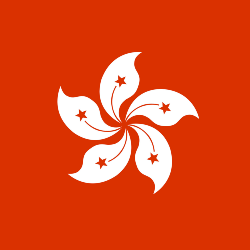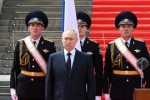How Nagpur's violence reflects India's deepening divide
Authorities imposed an indefinite curfew in parts of the central Indian city of Nagpur last week after sectarian clashes. The unrest was reportedly sparked during protests by Hindu nationalist groups demanding the removal of former Muslim ruler Aurangzeb's tomb.
Police said in a statement cited by the Reuters news agency that protesters from the Hindu nationalist group Vishva Hindu Parishad (VHP) set fire to an image of Aurangzeb in Nagpur. A police officer told Reuters that several members of Muslim groups then threw stones at police.
The situation escalated with violent groups torching vehicles and vandalizing homes, the Press Trust of India news agency reported.
The curfew has since been relaxed, however authorities have maintained tight security around Aurangzeb's tomb, around 450 kilometers (280 miles) from Nagpur.
The VHP denied accusations of engaging in any violence but said it wants the tomb to be replaced with a memorial for rulers from the local Maratha community.
Some Hindu activist groups, which are often linked to Prime Minister Narendra Modi's Bharatiya Janata Party (BJP), have claimed that several mosques were built over Hindu temples centuries ago during the Muslim Mughal empire.
Shivam Thakre, a VHP youth leader, said that Aurangzeb was an "anti-Hindu" ruler.
"We will not........






















 Toi Staff
Toi Staff Tarik Cyril Amar
Tarik Cyril Amar Jeffrey Bernstein Ph.d
Jeffrey Bernstein Ph.d Gideon Levy
Gideon Levy Belen Fernandez
Belen Fernandez Kersten Knipp
Kersten Knipp Maryam Aldossari
Maryam Aldossari Sabine Kinkartz
Sabine Kinkartz Leonid Ragozin
Leonid Ragozin Maximilian Hess
Maximilian Hess
